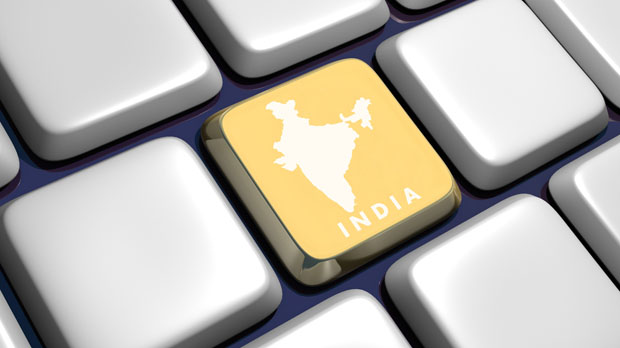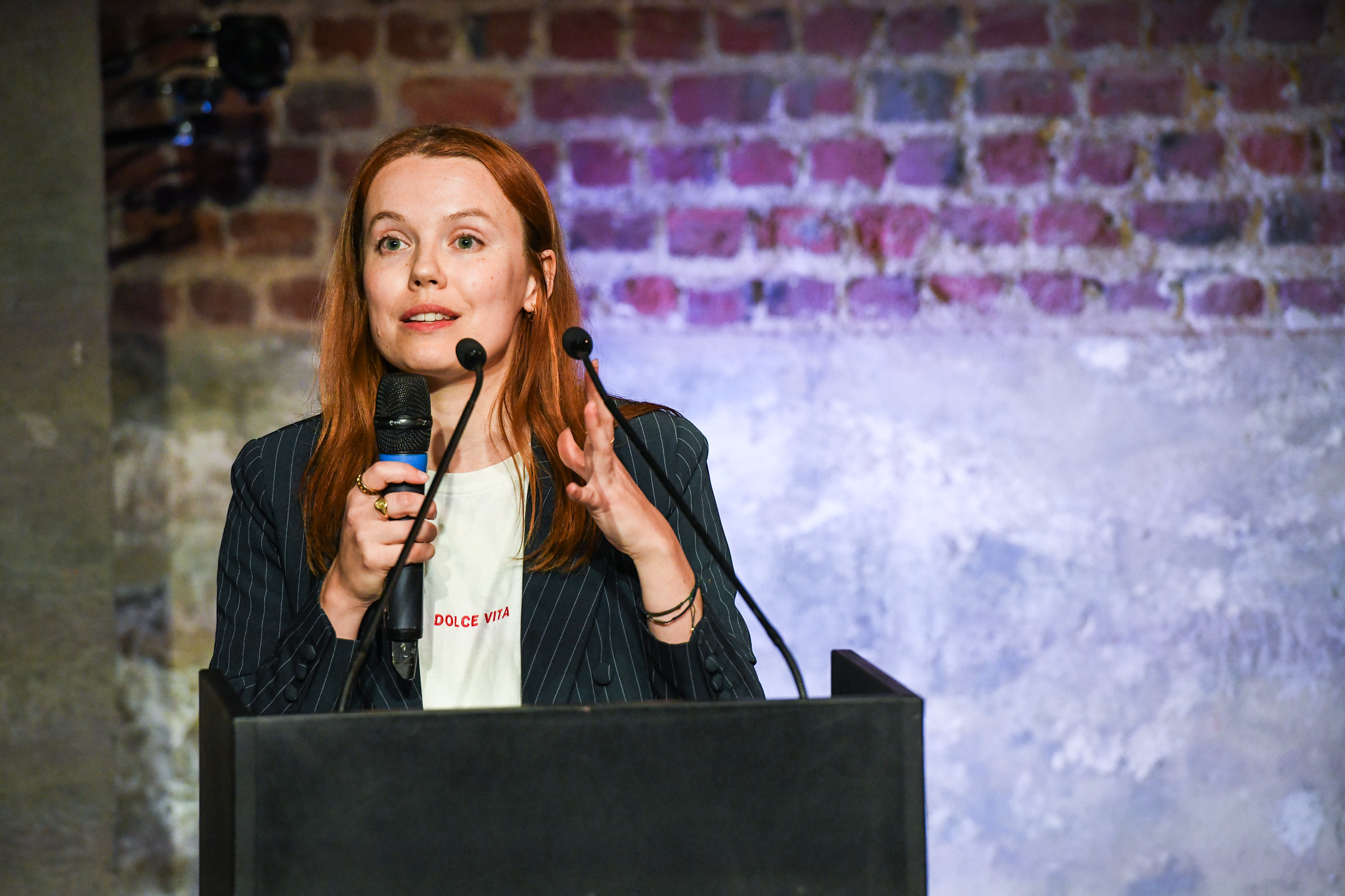
(Image: Shutterstock)
Lord Chief Justice Campbell, while introducing The Obscene Publications Act 1857, described pornography as “poison more deadly than prussic acid, strychnine or arsenic” and insisted that the law was imperative to protect women, children and the feeble-minded.
The Indian Supreme Court’s observations and directions while hearing a petition in which online pornography is blamed for of the “epidemic” of rape and sexual violence is redolent of the pornophobia which had gripped the puritanical English legal system in the Victorian era. It is also a stark reminder of the befuddling and dangerous consequences of internet filters, as is being seen in the United Kingdom.
On 27 January, one of the defendants, the Internet Service Providers Association India (ISPAI) while stating that they would not indulge in voluntary censorship, posed a more challenging question — since there is no granular distinction to be made between “high art” and pornography, since temple sculptures can simultaneously be interpreted as both divine and obscene, how could they decide what to block and what to allow. On 28 January, all liberty-loving Indians were aghast at the Supreme Court’s intransigence on homosexual sex.
Taken together, these incidents portend to consequences more pernicious than just a chilling effect on free expression. As Lynda Nead contends, drawing a distinction between sublime and profane seeks to serve a social legitimising function which result in moral policing and violations of the rights of many.
Does pornography cause rape? Justice Douglas’ statement in Ginsberg — “Censors, of course, are propelled by their own neuroses” — and Ronald Dworkin’s reply to Katherine MacKinnon’s “breathtaking hyperbole” remain the most plausible answers to date, not a single study has been able to irrefutably prove correlation, let alone causation. However, Indian courts’ treatment of pornography has been ironic because exposure to obscene and sexually explicit material has been treated as a mitigating factor in rape sentencing. Reepik Ravinder and Phul Singh are two examples of rapists being regarded as victims of the “sex explosion” on celluloid. Not only that, a “ministry of psychic health and moral values” has also been directed to be established to nip this epidemic of vulgarity in the bud.
Justice Potter Stewart’s aphorism “I know it when I see it” holds true for any “definition” of pornography — even today. All we have got is a mystifying epithetic tautology — prurient, lewd, filthy, repulsive, which does no service to the clarity of judicial vision. It is easier to treat pornography as an accused, rather than an offence, because tropes and stereotypes make for poor and unjust legal definitions.
The plea to criminalise browser histories suffers from several grave elisions. For one, irrefutable evidence of correlation, let alone causation, between pornography and sexual violence or depravity is conspicuous by its absence. Though Delhi has a high rate of reported rapes, Google Trends data from 2013 shows more people in the apparently conservative bastions of Gujarat and West Bengal were searching for pornography online.
Most significantly, an obscurantist idyll defines the average consumer and purposes of online pornography. Evidence dispels the notion of only rapacious, lustful men devouring pornography. A 2008 survey reported one in five women watching and approving of porn. Forty-five percent of women who watched pornography also made their own porn videos, and stated how it had helped them being sexually inventive and more intimate with their partners. Another survey, deemed to be the most comprehensive, shows 60 percent women and 80 percent men admitting to accessing sexually explicit content online. Significantly, 30 percent of women respondents said that such content deals with sexual and reproductive health and romance, too. More significant is the response that usage of pornography improved couples’ sex lives.
Moreover, the upshots of dragnet internet filters are reasons for grave consternation. Google AdSense mistook an author’s memoir for pornography and blocked it. In reverse irony, smut sites got caught in an attempt to prevent bureaucrats from surfing sites related to the stock market. And since algorithms do not have a mind of their own, Christopher Hitchens’s polemic against Mother Teresa “The Missionary Position” might also lose its immunity.
India’s information technology law remains riddled with fuzzy definitions, and right now Google, stands indicted for defamation. A ban on internet pornography would further queer the pitch for intermediary liability, thereby delivering another blow to free speech.
Given the climate of legal homophobia, a reference to the aftermath of Canada’s ban on pornography becomes pertinent. There was a sustained persecution of bookstores stocking gay and lesbian literature, comics included, and 70 percent of prosecutions were of homosexual pornography. Besides, even if there were only opt-in filters, it would entail identifying one’s sexual preferences. And where demands for arresting homosexuals are raised on the flimsiest of pretexts, one would become a sitting duck for privacy breaches and criminal prosecution.
One can only wish these apprehensions, and not pornophobia, inform the Supreme Court’s decision.
This article was posted on February 7 2014 at indexoncensorship.org




